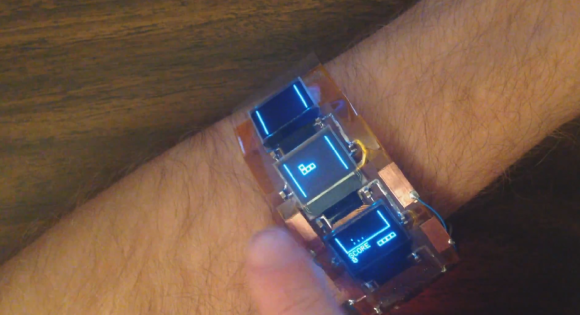29
Depending on the music you’re listening to, watching a VU meter bounce to the music is always a good time. So why not integrate the VU meter right into the audio source? That’s what [Matikas] did, and it’s pretty fantastic.
He started with a pair of speakers he had and picked up some NeoPixel LED strips. Carefully wrapping the LED strips around the inside circumference of each speaker, the LEDs fit behind the speaker grills, giving it a cool effect when they’re on.
To control the LEDs, he’s using an Arduino Uno (Atmega328p) which measures the audio level in order to modulate the LED output. A bit of software later (shared on GitHub if you’re interested!) and the VU meters were ready for action — check it out!
As far as VU meters go, we can’t forget this awesome giant-water-tube-VU-display-of-madness.
Filed under: Arduino Hacks, led hacks, musical hacks










